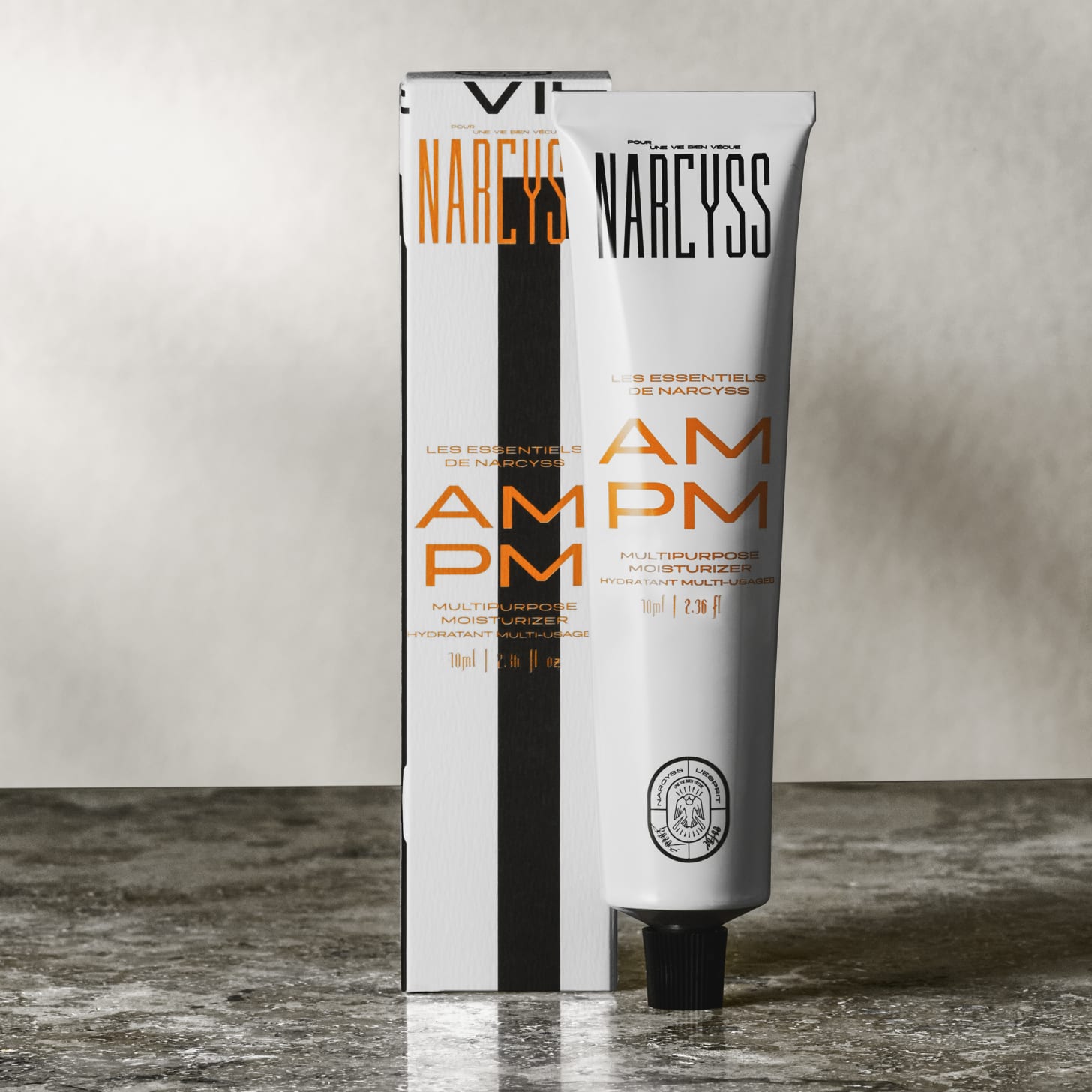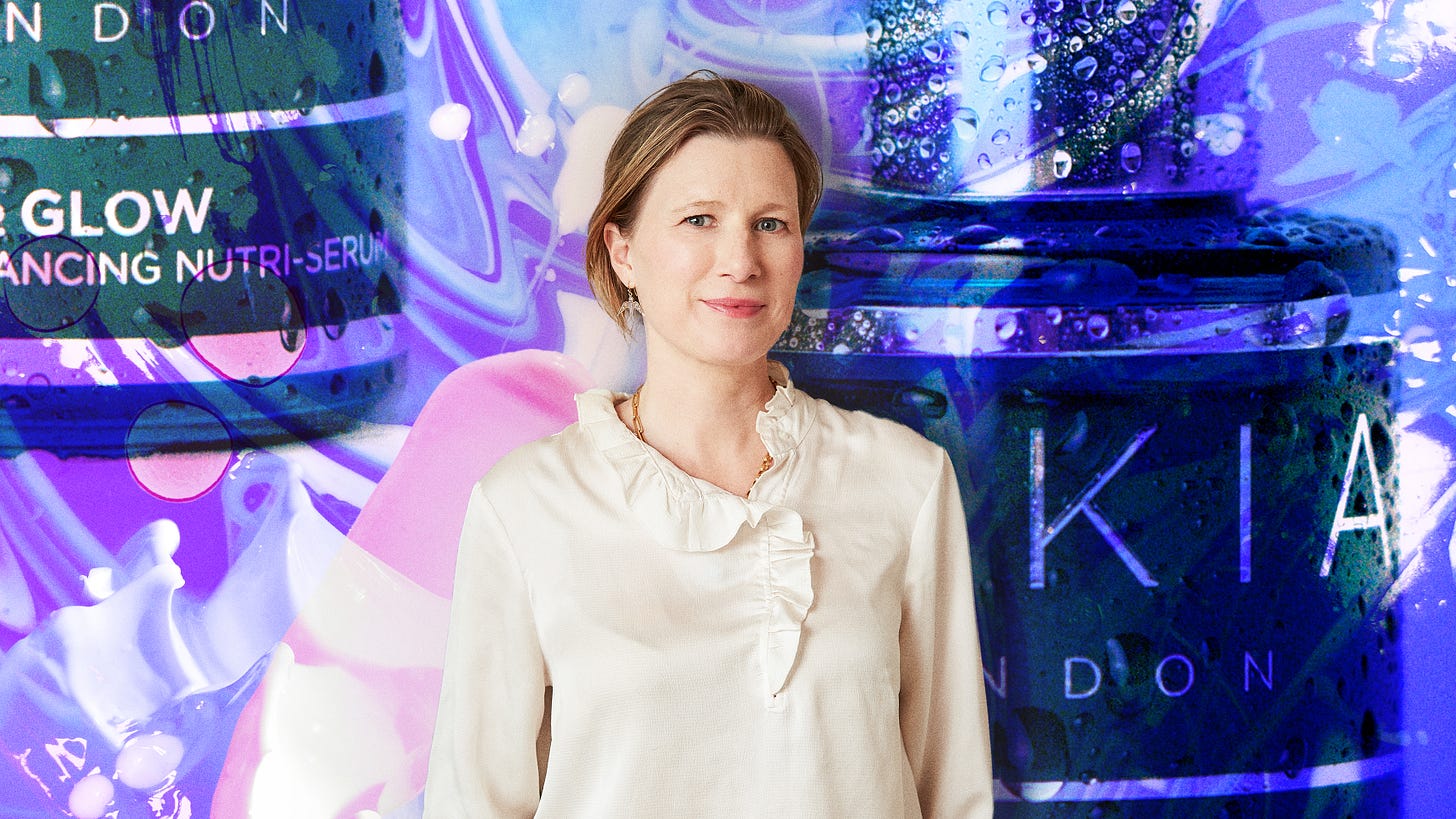”Scandi-minimalism is dead”
The co-founder of Narcyss explains that it’s time to rethink beauty packaging. How to use AI in your daily operations. Plus: why nutri-cosmeceuticals will be the new medicine for the skin.
IN THIS ISSUE
INSIGHTS: Georgie Cleeve, who co-founded OSKIA 15 years ago, shares the results of working with bio-available nutrients and biotechnology which shape the very fundamentals of the brand
INSIGHTS: Narcyss’ co-founder Oscar Knaust on the vision of how to create expressions in the stores
INSIGHTS: Revieve’s Vitalia Vasilkova on the beauty-tech trends to watch — and how AI is reshaping everything
WORLD VIEW: Ideas to innovation: Sustainability along the supply chain
Long live minimalism
What shall Scandinavian brands do now? For years and years — almost 20 indeed, since the launch of Byredo in 2006 — our region has helped to bring a certain visual interpretation on packaging into beauty desks across the world. You know it when you see it; black letters on a white background — standardised, minimalistic, and elegant.
According to Oscar Knaust, co-founder of men’s skincare and wellness brand Narcyss, ”it’s been very convenient to make that kind of boxes, because it sells in stores”. Now, he suggests, it’s time to rethink.
— I think Scandi-minimalism is dead — it’s been around for so many years, he tells us. People buy a white bottle, put a black and grey font on it and say, ’we got a brand’. It’s obeen super strong with that branding in Asia for 5, 6, 7 years but even over there now they want something new because it’s so hard to see the difference among the brands.
In this issue, we welcome another new colleague to the crew. Frida Johansson sits down with Georgie Cleeve for a journey back in time, 15 years ago, and a future forecast of what’s next in nutri-cosmeceuticals. ”In the ongoing search for increasing bio-availability, the team discovered that by creating complexes the effect on the skin was enhanced compared to the effect of a single molecule”, she writes. Available for our Paid readers.
Lastly, if you’re curious about beauty-tech in general and AI in beauty in particular, I recommend Selah Rui Li’s first column for Beauty Innovation from a couple of weeks ago, and insights provided by Revieve’s Vitalia Vasilkova later in this email.
See you in a week!
”Voice-activated beauty assistants, powered by Gen AI, are set to become a common feature”
Vitalia Vasilkova, Revieve, on the beauty-tech trends to watch — and how AI is reshaping everything.
”Scandi-minimalism is dead”
The co-founder of men’s beauty brand Narcyss, Oscar Knaust: ”We’re doing something completely different — maximalistic and pattern on pattern and pattern. That’s our vision and our idea of how to create expressions in the stores.”
WORLD VIEW
A briefing on innovations in the global beauty industry
Cosmoprof: Ideas to Innovation: Sustainability Along the Supply Chain by Deanna Utroske
re/sources: Sepia: making skincare clinical trials more inclusive
Premium Beauty News: Tsuno Group creates a new generation sunscreen based on ferulic acid
INSIGHTS
Georgie Cleeve: Nutri-cosmeceuticals will be the new medicine for the skin
By FRIDA JOHANSSON
The co-founder of UK brand OSKIA shares the results of working with bio-available nutrients and biotechnology which shape the very fundamentals of the brand.
Keep reading with a 7-day free trial
Subscribe to Beauty Innovation to keep reading this post and get 7 days of free access to the full post archives.




